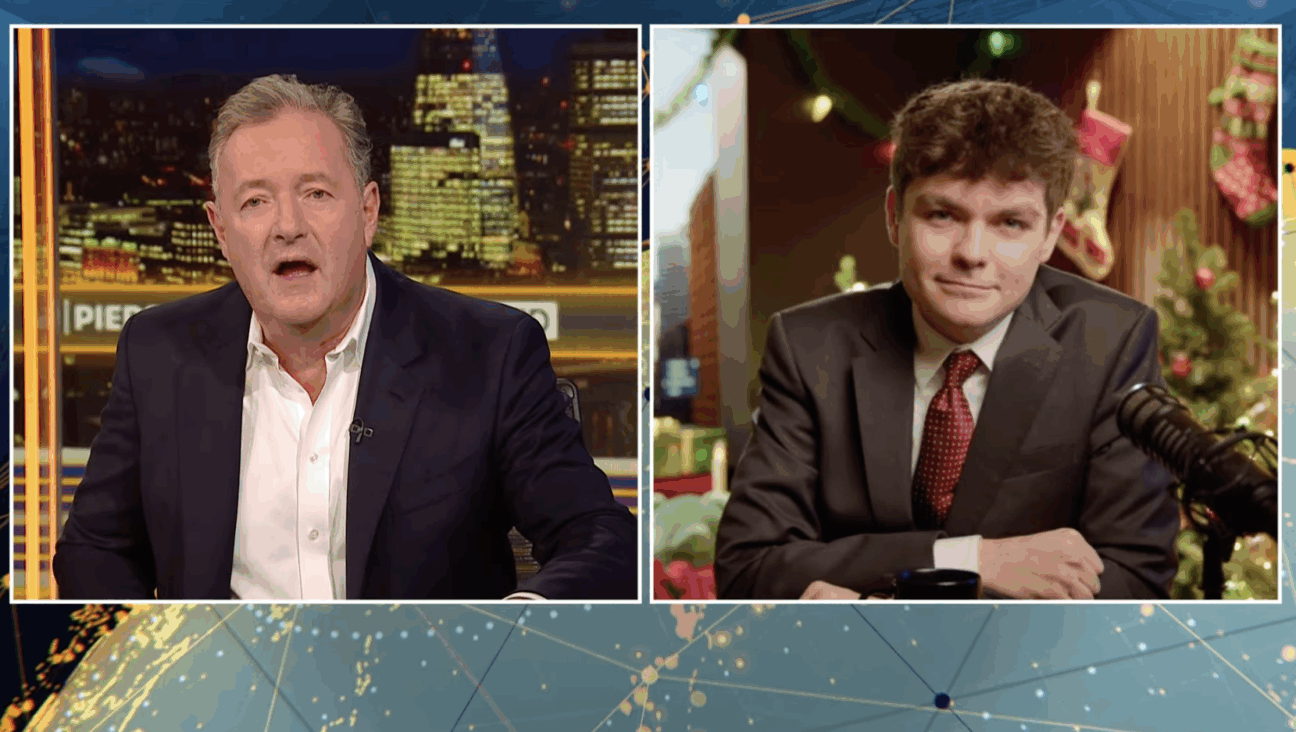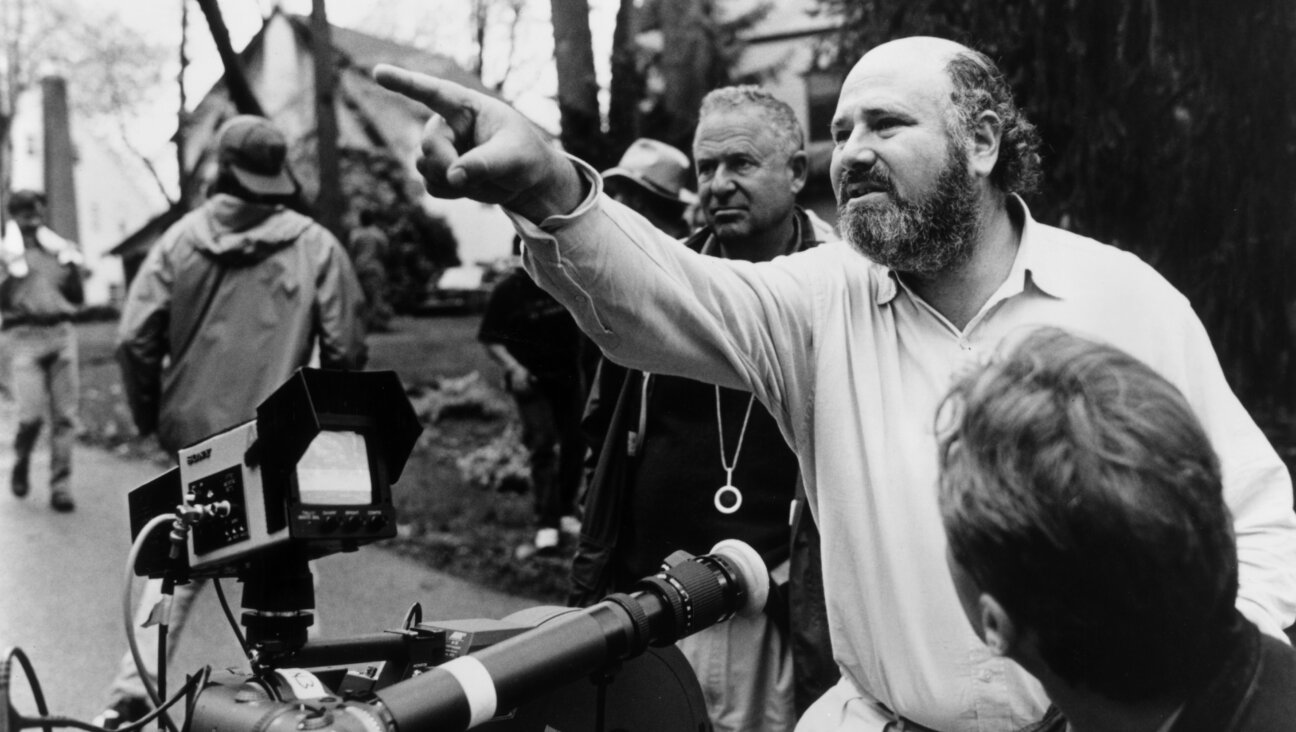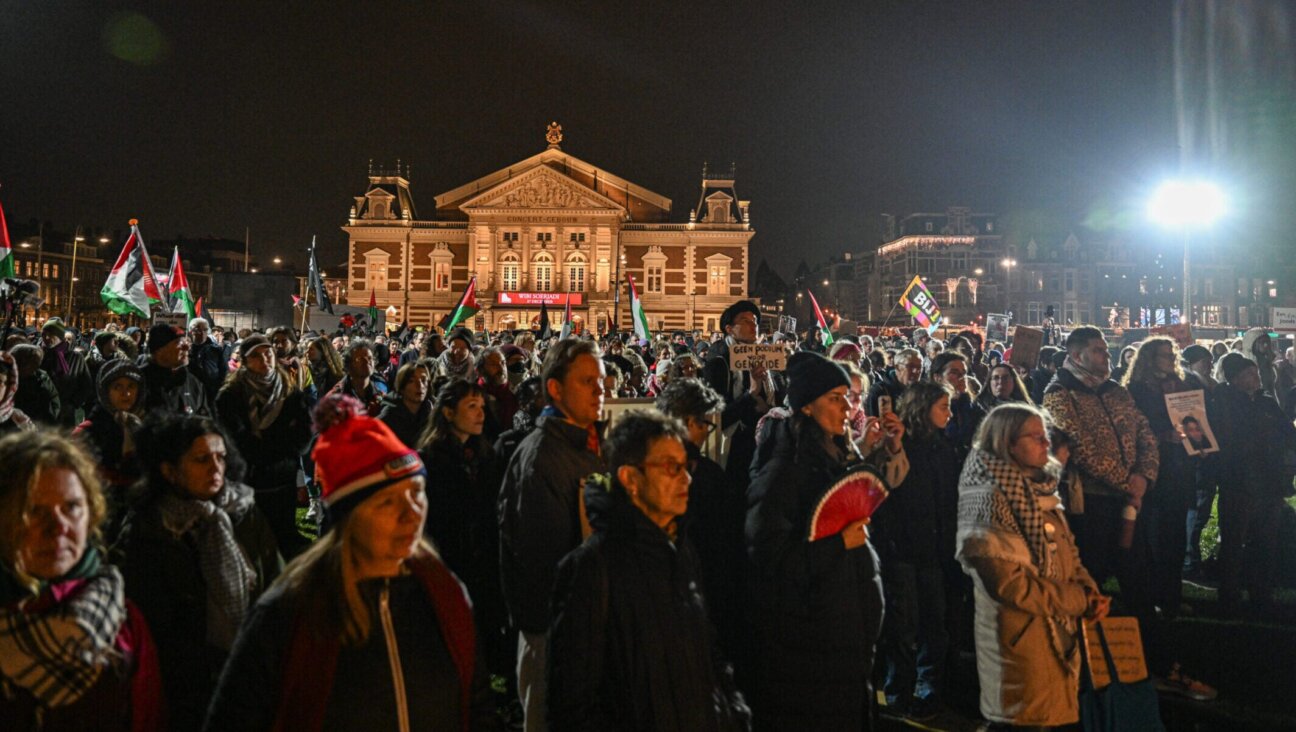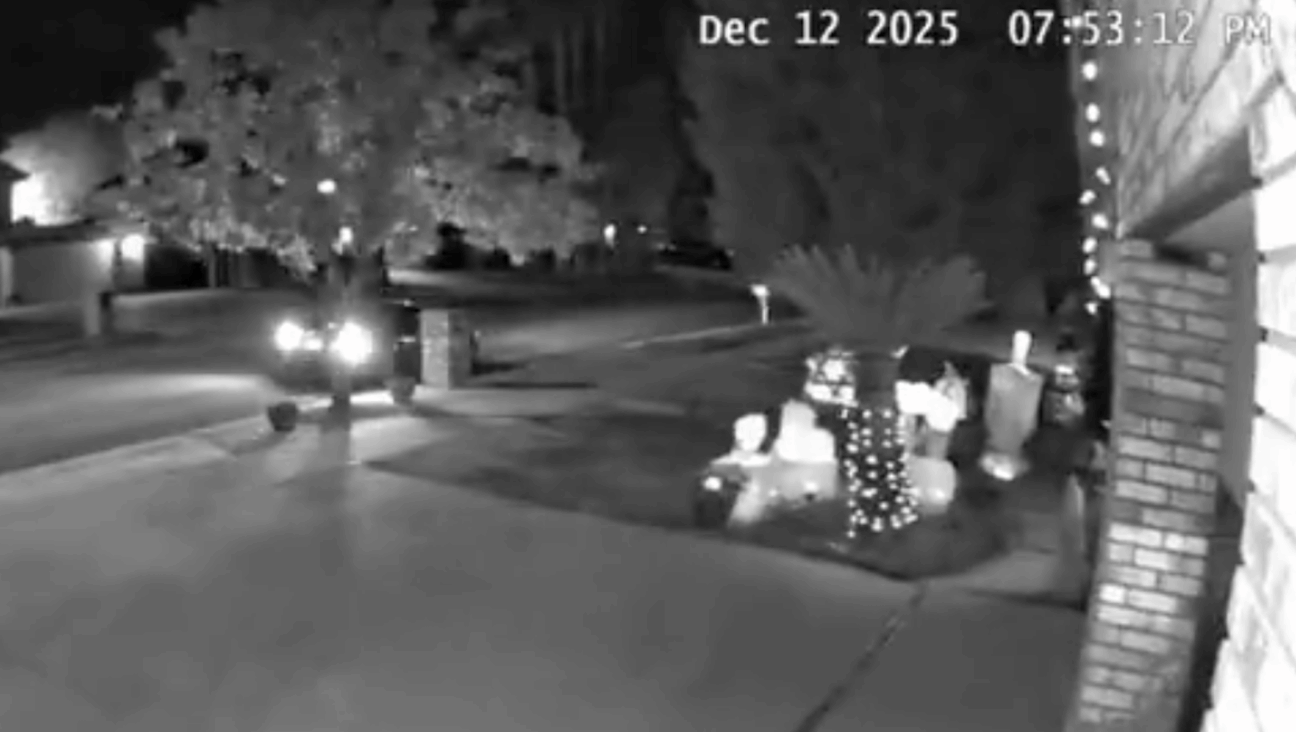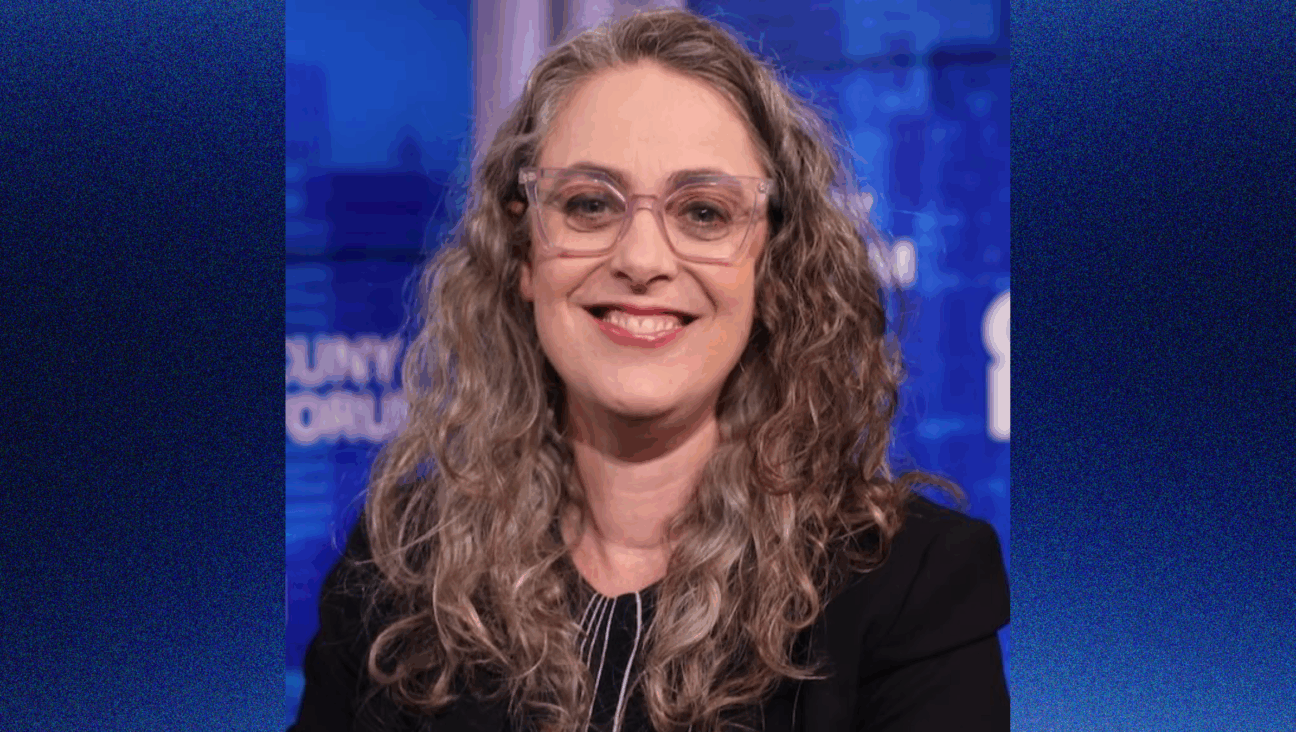Well, Hello Dali!
When I asked Matthew Margo, senior vice president, Program Practices N.Y. for CBS, what he found of “significant note” at the October 16 Americans for the Arts National Awards, he said: “The lobster designed by Jeff Koons, which graced the microphone.” Americans for the Arts President and CEO Robert Lynch told the 500 black-tie stellar guests at Cipriani 42nd Street that Artistic Achievement Award recipient Koons “was inspired by Salvador Dalí, whom he met when he was an art student….The lobster podium created by Mr. Koons was inspired in part by Dalí’s fascination with the crustacean.” Standing before a backdrop from Alfred Hitchcock’s 1945 thriller “Spellbound,” which contains Dalí’s surrealist dream sequence, Koons stated:
“From Dalií we learned to trust our inner selves. We’re now learning to trust others.”
Koons’s works are in the collections of the New York Museum of Modern Art, the Whitney Museum of American Art and the Guggenheim; his sculptures include “The Puppy,” now permanently installed at the Guggenheim Bilbao, and “Balloon Flower (Red),” which was unveiled at New York City’s 7 World Trade Center.
Also honored that evening by the nation’s leading not-for-profit organization for advancing the arts were Kitty Carlisle Hart, who accepted the award for Outstanding Contributions to the Arts from ex-governor Mario Cuomo. Jake Gyllenhaal (whose name/face recognition factor has risen exponentially with his appearances in “Brokeback Mountain,” “Jarhead,” and “Proof”) accepted the Young Artists Award for Artistic Excellence from film star Robert Downey Jr. Aretha Franklin, the first female artist inducted into the Rock and Roll Hall of Fame, received the Lifetime Achievement Award from actress Victoria Rowell (who can seen on the CBS soap opera “The Young and the Restless.”).
During dinner, last year’s recipient of the Award for Philanthropy in the Arts, Eli Broad — founder and chairman of two Fortune 500 companies (KB Home and SunAmerica) — told me how much he enjoyed the article in a recent issue of the Forward on the early Yiddish theater. When I asked Ms. Hart’s musical director David Lewis, if he was familiar with the Forward, he asserted: “Of course I know the Forward. Jerry Seinfeld reads it!”
My own connection with Dalí goes back to the mid 1950s when I worked for the American Society of Magazine Photographers at their New York headquarters at 1407 Broadway (now 4 Times Square). My “bosses” included Irving Penn, Cornell Capa, Andre Kertesz, Weegee, Arnold Newman, Gordon Parks and Life magazine photographer Philippe Halsman, whose friendship with Dalí reached back to their days together in 1930s Paris. On the walls of Halsman’s West 67th Street studio, I recall photo proofs showing the two of them creating montages of female nudes in assorted poses and combinations, including one setup with a ladder. At their monthly meetings, the ASMP would invite a noted artist, photographer or film star to address the membership. My assignment was to take notes, which then would be formulated into an article for the ASMP’s monthly publication, “Infinity.” So awed was I by Dalí’s presence — his black stiletto flying buttress of a moustache, his impeccable garb and silver-handled cane — that his pontification about art and politics ended up garbled on my notepad. His heavy Spanish-French-enhanced convoluted English was challenging. What I found that I had written were undecipherable bits about unfamiliar artists, works and places punctuated by Dalí’s repeated asides about le modernisme and le surealisme. Close to tears, I called Halsman. He reassured me, “Not to worry. C’est Dalí. Sometimes even I don’t understand him.” There was no “Infinity” article. To this day my regret is that I never asked one of the ASMPers present to take a photo of me with Dalí, nor did it occur to me to ask him for his autograph!
SURPRISE! SUDDENLY YOU’RE JEWISH!
During Kati Marton’s October 26 TV conversation with Charlie Rose about her most recent book, “The Great Escape: Nine Jews Who Fled Hitler and Changed the World” (Simon & Schuster), she mentioned that she had been raised Catholic and did not find out that she was Jewish until a Hungarian journalist commented that unfortunately it had been “too late” for her grandparents to have been saved by [Swedish diplomat] Raoul Wallenberg. (In the book, Marton discloses that her “great-grandfather, Maurice Mandl, was the son of the chief rabbi of Dobris, Bohemia”). On television, Marton barely hinted at the trauma that the revelation unleashed and the resulting frayed relationship with her parents.
In his October 30 New Yorker piece, “Southern Comfort: The Strangest Senate Race of the year,” Peter Boyer alludes to E.J. Kessler’s August article in the Forward, which reveals that Republican Senator George Allen has Jewish provenance — the Lumbrosos, Sephardic Jews from Tunisia. Boyer quotes Allen: “I was with my mother across the table…. And I asked her, ‘You know, there’s these rumors flying around here that you’re Jewish or, you know, Jewish bloodlines and so forth.’ And I asked her, ‘Is this — is there anything to this?’ And I saw her reaction….‘Well, why didn’t you ever tell?’ ‘I didn’t want to tell you. Do you love me? You won’t love me as much.’ I said, ‘Oh, Ma… I love you even more. I respect you even more.’” Allen explains his mother’s fear of “retribution, of stigma… she was protecting her children.…” And I said, ‘Well, Ma, this just doesn’t matter. You know, the Nazis are gone. And it just doesn’t matter.”
Maybe not in America. But in Poland it still matters — though the Nazis are long gone. Earlier this year, I attended a Hidden Child Foundation/Anti-Defamation League-sponsored lecture at ADL headquarters by Vera Muller-Paisner, author of “Broken Chain: Catholics Uncover the Holocaust’s Hidden Legacy and Discover Their Jewish Roots” (Pitchstone Publishing, 2005). Born in Belgium, daughter of Holocaust survivors, Muller-Paisner is a psychoanalyst and former research consultant for the International Study Group for Trauma, Violence and Genocide at the Yale University School of Medicine. She also served as director and principal investigator for “Broken Chain,” a project in Warsaw, Poland, that offered support and counseling to gentiles who had recently discovered their Jewish roots.
Speaking before an audience of mostly Holocaust survivors, many of whom had been hidden children — Jewish or baptized — Muller-Paisner posited: “What is it like to consider yourself a Christian one day, only to discover the next day that you’re really a Jew? How does one cope with this knowledge, particularly in Poland’s antisemitic environment?” Focusing on the transmission of trauma and how the Holocaust impacts on survivors in Poland, Muller-Paisner described her initial response upon reading about these unknowing hidden Polish Jews. First, she created a support group, “Broken Chain.” Then, “I ran ads for 13 weeks in Polish newspapers: ‘Do you have Jewish roots? Is your secret a problem?” She listed the number for the Jewish Hotline. “‘Call us anonymously.’”
The result: emotion-wracked calls: “Most people were nervous about telling their stories for the first time. Several calls were from people who believed that they were not really the children of their parents and that their birth parents were Jewish. Though stories varied, the callers all expressed feelings of shock, fear and disbelief. “‘My mother told me that she was Jewish when she was told she was dying, but she has since recovered and now claims she was delusional.’ ‘Because of prevailing antisemitism, I find myself also antisemitic. Now that I found out I’m really Jewish, how do I get rid of my antisemitism?’ ‘It is as if you had always thought of yourself as a woman and discover that you are really a man.’ ‘I exist on two sides of the river.’” Using fictitious names, Muller-Paisner presented sample case situations: “Agnieszka: On vacation with a grandmother, there is a fatal accident. An aunt comes to the funeral and on the death certificate places a Jewish surname. Neither the father nor brother knew the mother was Jewish. Still the mother insisted: ‘I’m Catholic…. Don’t tell your father or brothers… Regina: Baptized at 15; while peeling potatoes with her mother, they discussed the crosses and convent at Auschwitz. The mother chose that moment to reveal that she was Jewish — not even her husband knew. [Subsequently] Regina began Hebrew lessons, ultimately kept a kosher home. Parents were horrified. Father stopped talking to her. She took her brother to a Jewish camp.… Father wanted the son to continue in the Christian tradition…. Janusz grew up to become a priest. He had a close relationship with his mother, who never learned to read. He would read to her. When his mother was dying, she told him he was adopted and that his birth mother was Jewish and had asked her to take in the infant. Allegedly the mother said: ‘Jesus was a Jew, so [my son] can grow up to be a priest.’ He became vocal about his discovery and now teaches tolerance in a Christian college in Poland.”
Part of the discovery “fallout,” Muller-Paisler noted, was that “people raised Catholic are not prepared for the hatred aimed at their spouses or children and, once having discovered they were Jews, have to hide the fact that they attend group meetings.”[ The response of the ADL lecture audience response was electric. Caustically, a Polish survivor stated: “It is well known, ‘Scratch a Pole, and you find a Jew’” — a reference to the descendants of the Frankists, who had converted en masse. “I was 7 when I found out I was Jewish,” said a French survivor who had been hidden. “To this day, I don’t feel fully Jewish or fully Catholic.” A man whose English bore the imprint of his mother tongue, German, declared: “My father was Protestant, my mother, Jewish. I am a mischling, but I chose to be Jewish…. I know partially who I am, and I’ve been [back] to Germany without hiding.” An emotionally wrought Jewish woman, a survivor from Poland, challenged: “But there are some success stories. There have been some serious conversions…. Some became Haredi — ultra-Orthodox — and went to Israel.”
In her final chapter, Muller-Paisner notes, “Not until 2001 did Poland’s president beg forgiveness for the wartime massacre of l,600 Jewish villagers, who 60 years earlier were burned alive by their Polish-neighbors in a town called Jedwabne.” Still, she concludes on an optimistic note: “Poland itself is a good example of the struggle between wanting to explore a newly discovered identity and wanting to remain externally secure and the same. Absorbing and integrating new-found knowledge into one’s own personal narrative may help one better accept differences in others — and thus give hope for the future.”






